The big problem arises when the subject you’ve attached negative associations to isn’t something you can get rid of, like your own body. We call that “negative body image.” This post explains how to overcome body image issues.
Ugly Earrings Vs. Beautiful Earrings
Recently while in Peru, I bought some handmade dangly earrings at a street market that I love. I didn’t make the connection until I got home that I once owned earrings very much like them.

At 18 years old, when I lived abroad for a semester in Chile, I had bought a few pairs of very similar handmade dangly Chilean earrings. They were popular there at the time, they came in tons of pretty designs, and I thought they looked really cute on me. When I got home though, I could not bear to look at those earrings.
Sitting in my jewelry box, they seemed hideous. Unbearably awkward and pathetic. Every time I spotted them on my dresser, I felt a zing of contempt, as though they were personally offending me by being there.
Those earrings are so ugly and self righteous. They pretend to be worldly and cultured, but really they’re nothing but a heap of cheap metal and poor quality beads.
I’m not exaggerating that this is how I felt about them. I didn’t give my feelings those exact words at the time, but I really hated them. After nearly two years of sitting in my room absorbing my hostility, I eventually threw them away. On the day I threw them away, I wondered briefly how I had been so duped into ever thinking they were pretty enough to buy them.
What’s the difference, really, between those old Chilean earrings that I hated, and these new Peruvian ones which I love?
These new earrings cost me about three dollars; they are, in all honesty, probably nothing more than cheap metal and poor quality beads. But in my eyes, these earrings are gorgeous. But when I look at them, I get a little zing of joy and gratitude without knowing exactly why. When I wear them I feel like we are in on a fantastic little secret together, like friends passing notes in school, written in a language only we understand.
The difference in how I felt about these two similar pieces of jewelry had nothing to do with what they actually looked it. Let me explain.
Beauty Really IS in the Eyes of the Beholder
Beauty is contextual, meaning you might find beauty or ugliness depending on the context you view it in. Even more importantly, the way we perceive a subject’s beauty is totally dependent on how we feel about that subject in other ways.
In short, our brains perceive our loved ones (like our newborn babies, and our lovers after amazing sex) to be significantly more beautiful than other people’s loved ones. Why? Because we love them! Beauty isn’t just in the eye of the beholder, it’s often in the eye of someone who feels positive emotions and associations with the subject.
Related: How You Need To Talk To Your Daughter About Beauty
The same is true for everything, including both non-significant objects like my earrings, and the way we view our own bodies.
Even if you don’t personify your jewelry with the same gusto that I do, can you recognize how some stuff feels special and beautiful while other stuff is just a total turn-off, even if visually they seem about on par?
What we find beautiful is entirely dependent on how we feel about the subject itself, and what that subject means to us.
We do this with ourselves, too
In my case, it felt true that the earrings I brought back from Chile were objectively hideous. But underneath that story was pain— fear, anger, and sadness— that I simply hadn’t processed yet, about the difficult six months I lived as an exchange student in Chile.
Those six months had seen me feeling trapped and isolated, in an emotionally abusive relationship with my host brother, powerless, and full of self-loathing. Those earrings entered my life at the same time and from the same place as all that darkness came from, and I was unable to separate my self-loathing and fear of the world from how I felt about them.
When I told this story to one of my woo-woo friends, she responded by saying those old earrings were filled with bad juju, and that I should have just smudged them with sage. As sweet of a suggestion as I found this to be, I can say with confidence that all the sage in the world still would not have been enough. I could never love them.
Luckily, I didn’t have to try; throwing them away was an easy choice.
It’s important to remember that all the negative associations I felt about those earrings were totally subconscious; all I thought about them at the time was “ugh they’re so ugly.” Those subconscious associations are always informing what we think about stuff though, even when we have absolutely no idea it’s happening.
Related: Grief Work & Body Image: How Grief Helps In Your Journey of Body Neutrality
My recent trip to Peru was an absolutely amazing one; the kind of deeply special experience that I will carry with me forever. Is it any wonder that I have glowingly positive associations with everything I bought there?
Most people don’t realize how subjective their idea of beauty is, because we’re taught to believe that there is some non-existent “objective” standard of beauty.
Chalking any differences up to “different tastes,” we believe that for the most part, some things and people are objectively more beautiful than others. The truth though is that our understanding of what is beautiful, the way our brains perceive beauty, depends entirely on how we feel about the subject emotionally, and what associations we have with that subject.
The big problem arises when the subject you’ve attached negative associations to isn’t something you can get rid of, like your own body.
We call that “negative body image.”
Unfortunately, the term “negative body image” doesn’t do justice to the level of revulsion that many of us have felt about parts of our own bodies, however. When parts of our bodies become subconsciously associated with rejection, or infused with responsibility for our shame, or become a kind of representative for our self-loathing, we don’t necessarily realize what’s going on. Often, when we look at those body parts all we think is “ugh– so hideous.”
If you don’t think you have any negative associations, and that your thighs really are just objectively hideous, I humbly suggest that you just haven’t gone deep enough yet.
And hey, maybe you’re not ready to go deeper yet. That’s ok, too.
Being born into a human body means you’re going to suffer some extraordinary losses, pain, fear, and rejection. “Body image issues” often serve as a valuable cover-up for the deeper, more painful stuff. Thinking that your thighs are fat and disgusting might just be your mind’s way of protecting you from the sea of emotional pain underneath until you’re ready to handle such body image issues.
The secret that nobody tells you about body image issues is that you’ll never go from thinking your thighs are disgusting to that they’re beautiful– not as long as you still believe beauty is objective.
Related: What It REALLY Means When Your Man Looks At Other Women (Says a Man)
Start by acknowledging that your body image issues aren’t really about your body. If you hate the way your body looks, then you have hatred toward something your body represents or is associated with.
I hate to oversimplify a topic which is so incredibly vast and complex, but at the ends of articles like this I am always asked to explain “how.” So here you go: a greatly oversimplified “how.”
4 Steps to Heal Your Body Image Issues
1. Recognize your story of your body.
Become aware of the story you tell yourself about the parts of your body you find “ugly.” Start to gently bring consciousness to your self-talk about your body— what do you say about this part of your body? What do you believe is true about it?
2. Recognize the subjectivity of that story.
Begin to recognize that your story about your body is just that: a story. Your thighs are not any more objectively disgusting than my Chilean earrings were objectively hideous. You’re looking at your body through the lens of a story, and the first steps are to become aware both of the story itself, and of the fact that your story is not objectively True.

3. Deal with the feelings underneath the story.
Start with the physical sensations in your body. When you think about your thighs, what do you feel in your body? A tightness in your belly? A tingling or heat in your face or throat? Start with the physical sensations, and give them space to exist. Tell them (out loud or in your head), that they are welcome here.
This might be awkward or uncomfortable, but if you give them space and welcome them, the physical feelings will lead you to emotional feelings. Sometimes what comes up are long-repressed feelings, which may be very painful. Let them hurt, but welcome them and stay with them.
Underneath your disgust about your weight might be shame about your sexuality, fear about your safety, grief about your lost loves, and anger about the many unfair things which have happened to you. Breathe and stay focused on the sensations in your body and the emotions that come up. Keep welcoming them, and keep feeling them. Do this practice over and over, for days and weeks and months, until you’ve made a habit of feeling your true feelings instead of re-telling your mind’s false narrative.

4. If you do this often enough, and deeply enough, shit will start to change.
Healing will start to happen, and the well of pain will eventually run dry. When that happens, you have the opportunity to change the narrative you tell about yourself. For the first time, you’ll be able to look at your body and see something different.
You’ll be able to find beauty, value, worthiness where it once seemed impossible. You’ll be able to look in the mirror and feel a little zing of pleasure like you’re in on a fabulous secret that only you and your body understand.
Are you ready to solve your body image issues?
Written by: Jessi Kneeland Originally appeared on: jessikneeland.com Republished with permission
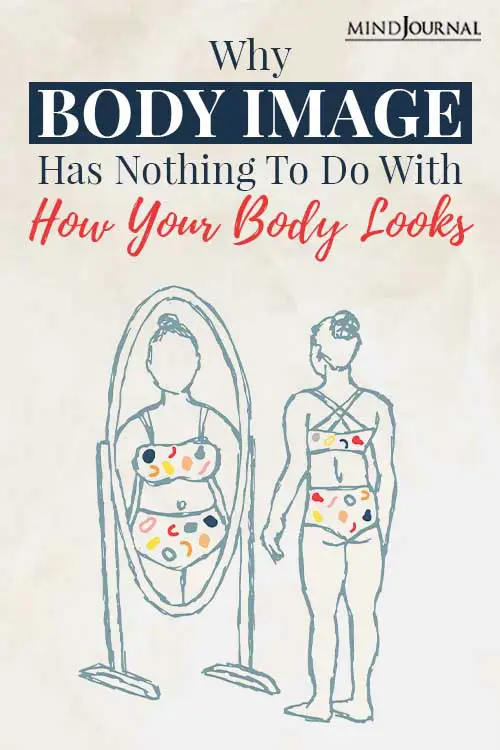
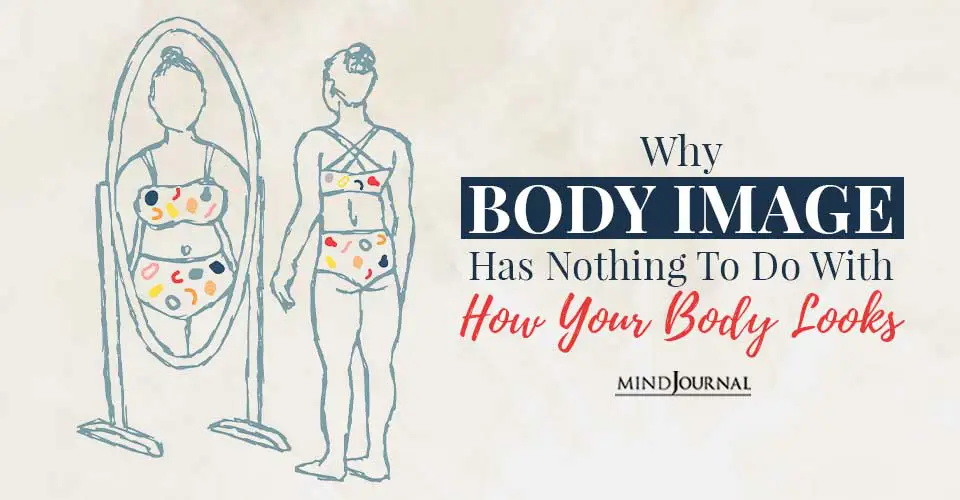

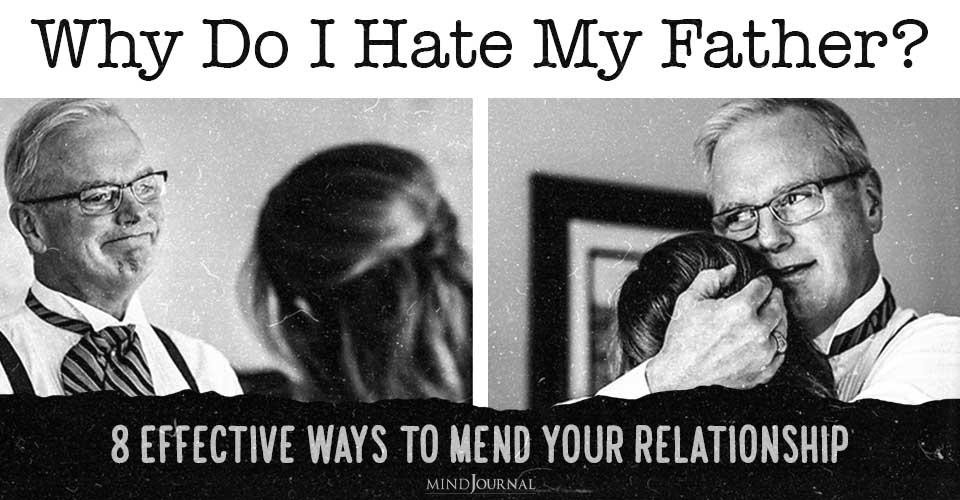
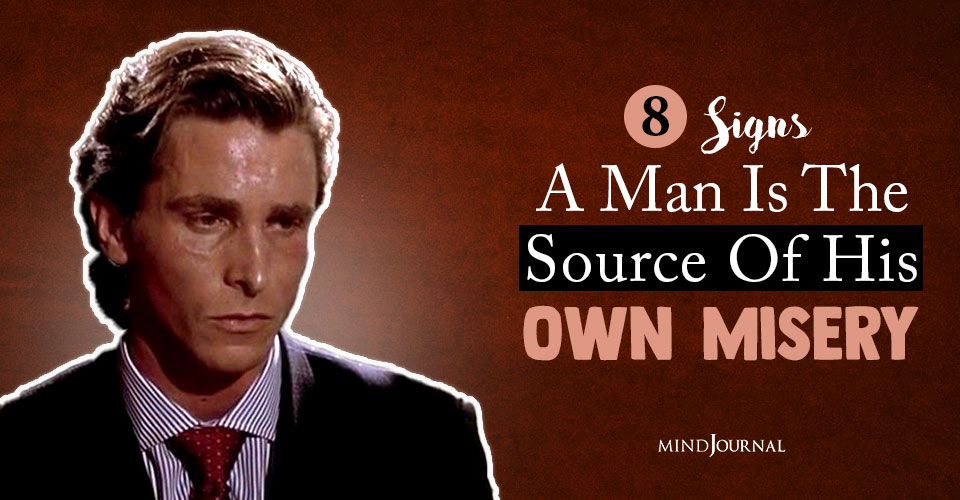
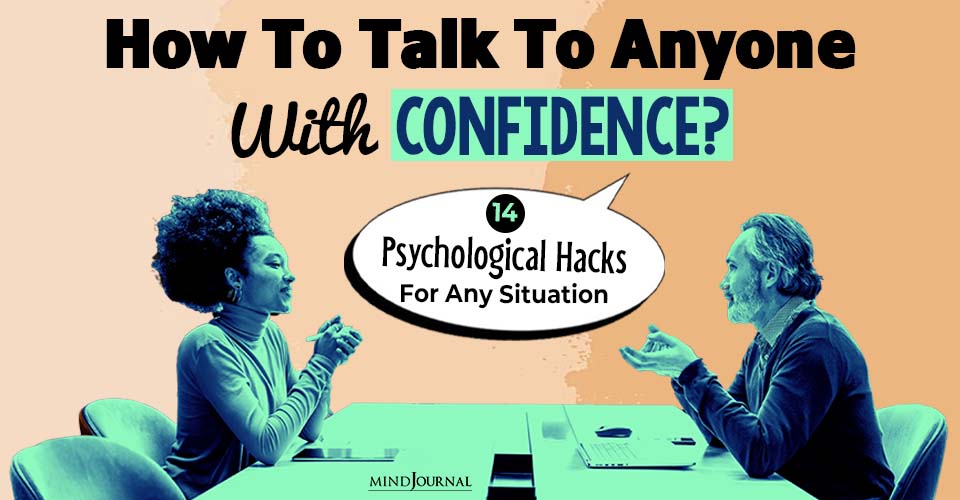
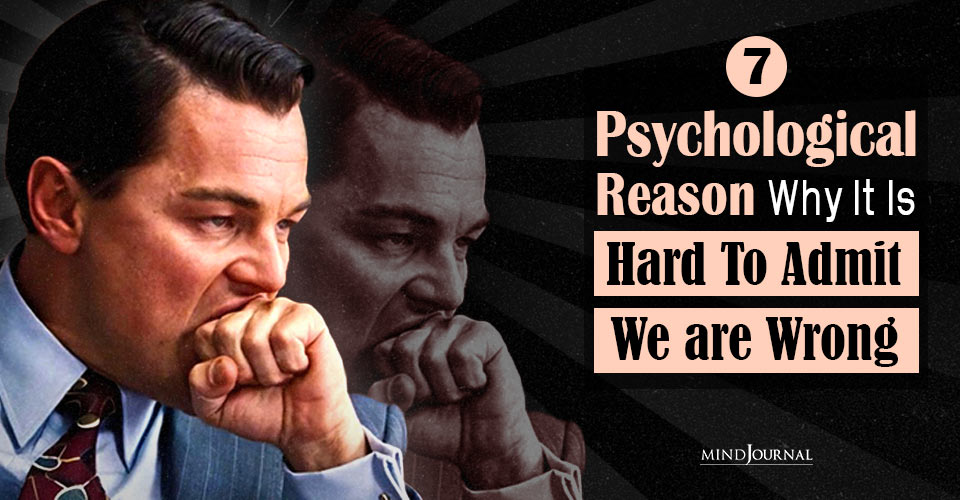
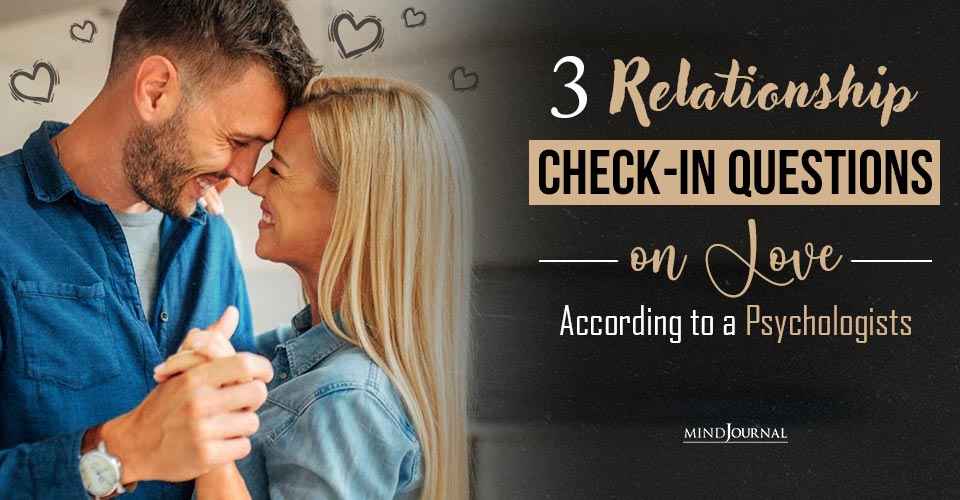
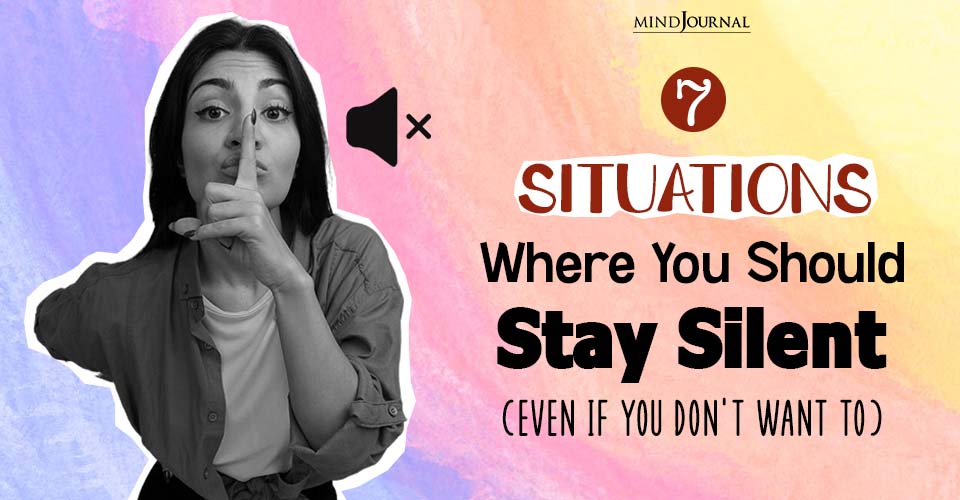
Leave a Reply
You must be logged in to post a comment.